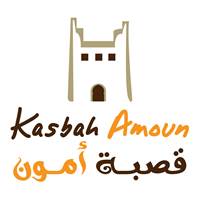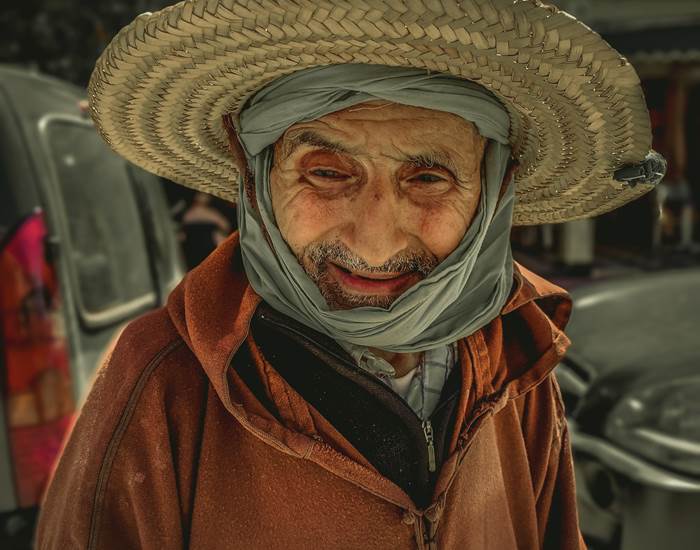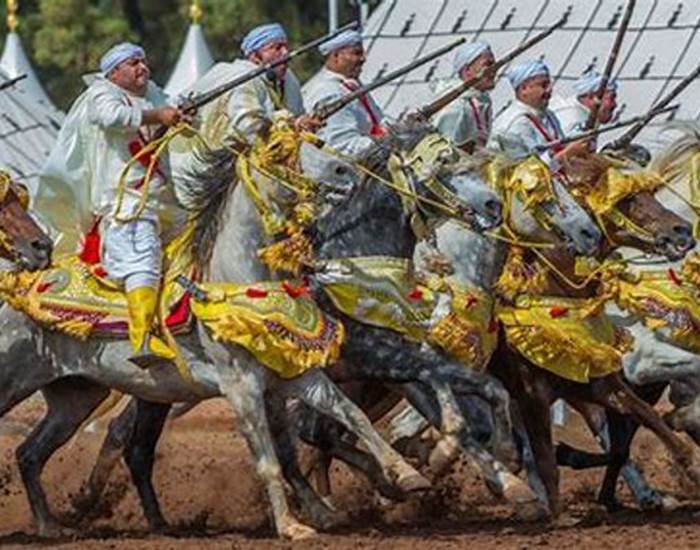The Richness of Moroccan Culture
""TO STAY IS TO EXIST.
BUT TO TRAVEL IS TO LIVE."
The history of Morocco is closely linked to that of Spain, and more precisely to Andalusia, located opposite the Moroccan coast. From invasions to reconquests, from the 8th century to our time, an incessant movement of human, cultural and commercial exchanges between the two shores has allowed the sustainability of a civilization: Architecture, music, gastronomy, professions and art of living characterized by the importance given to flowers, geometry and calligraphy.

This is the Andalusian heritage so well preserved in the Moroccan medinas, which we invite you to discover here through an atypical and charming itinerary.
.jpg)
A journey to the world of Islamic scholarship to better understand the ancestral link that connects Sufism to Moroccans, the influence it has had on the identity of society but also and above all the place it could occupy in the he future of the country while humanity today finds itself facing significant challenges and perhaps facing the need to organize profound transformations in its way of being and living.
.jpg)
Morocco has always been a crossroads country, a meeting point between different cultures and civilizations.A country where the Western world, the Arab-Islamic world and the African world meet, but also a country of exchange, dialogue, tolerance and living together.

welcomed the Jewish populations expelled in the year 568 BC by the Assyrians, in the year 70 AD by the Romans and in 1492 by the Spanish Catholics after the Reconquista.
Morocco was also the starting point for Islam towards Africa during the Amazigh dynasties of the Almoravids (1040–1147) and the Almohads (1121/1147–1269). An Islam which returned to this continent through Moroccan trade caravans. African Islam was subsequently enriched by the Moroccan Sufi experience.

The contribution of Arab-Muslim civilization to the development and knowledge of sciences extends over nearly 800 years (8th-15th centuries), with two peaks: around the Caliphate of Baghdad then around the Caliphate of Cordoba. This story takes place chronologically between the ancient period dominated by the Greeks (and the Byzantines) and the beginning of the modern European period. Thus, Arab-Islamic civilization constitutes the ""true link which connects the old world to the West in ""becoming"" with the additional undeniable contribution of their scientific achievements because, the preeminent place given to knowledge in Muslim religion carries and accompanies Muslim civilizations towards writing, and therefore the production of scientific and philosophical manuscripts.
%20(1).jpg)
Due to its multiple characteristics, the endemic forest species of southern Morocco with great biogeographic value and its very high resistance to drought and climatic hazards, the Argania tree (Argania spinosa) presents itself as a providential tree with multiple roles even to symbolize the forest wealth of southern Morocco.
The importance of the Argan tree and the practices and know-how linked to it led to their being classified in 1998 by the United Nations Educational, Scientific and Cultural Organization (UNESCO) as ""Arganeraie Biosphere Reserve (RBA)"", with inscription from November 2014, on the representative list of the intangible cultural heritage of Humanity. The Argan tree covers some 830,000 ha of forest, but it is threatened by man and unfavorable climatic conditions.
.jpg)
Morocco is a country rich in culture, with a history and artistic tradition that dates back centuries. Music, theater, painting, cinema, literature and poetry are all key elements of Moroccan culture.
Music: is an integral part of daily life in Morocco, with a wide variety of musical styles, from popular chaabi to spiritual gnawa, raï and rap. Traditional Moroccan music is often accompanied by dance and is played during ceremonies and parties.
Theater: is also a highly regarded art form in Morocco, with a long tradition dating back to medieval times. Moroccan plays often address social and political topics, and are performed in theaters across the country.
Painting: is another important artistic field in Morocco, with a dynamic and constantly evolving art scene. Contemporary Moroccan artists produce artwork in a variety of styles, ranging from traditional Moroccan art to modern and contemporary art.
Cinema: is also an important part of Moroccan culture, with a booming film industry. Morocco has been the setting for many international films, and the country also produces its own films, often in Arabic and French.
Literature and poetry: are also key elements of Moroccan culture, with a long literary tradition dating back to the Middle Ages. Moroccan writers and poets have often addressed social and political subjects.







